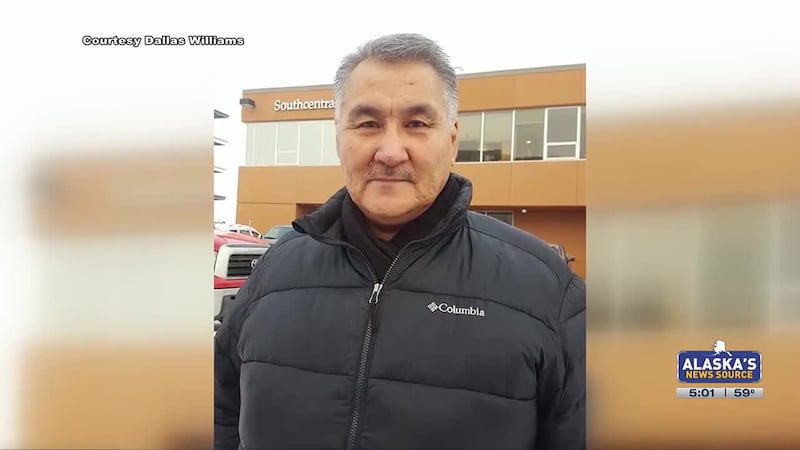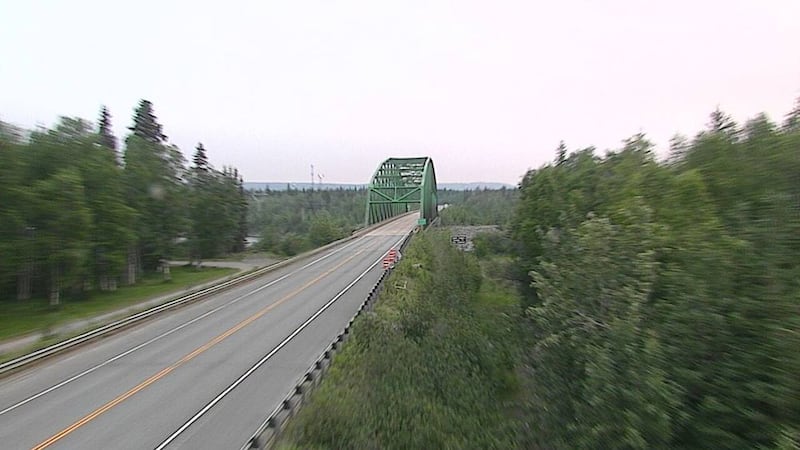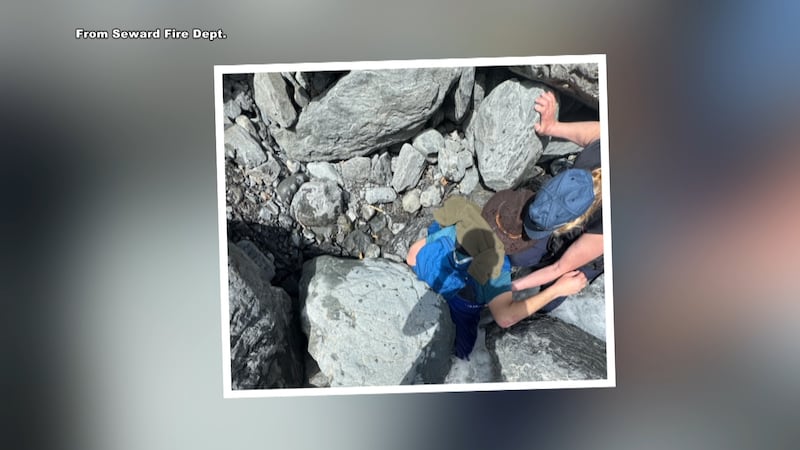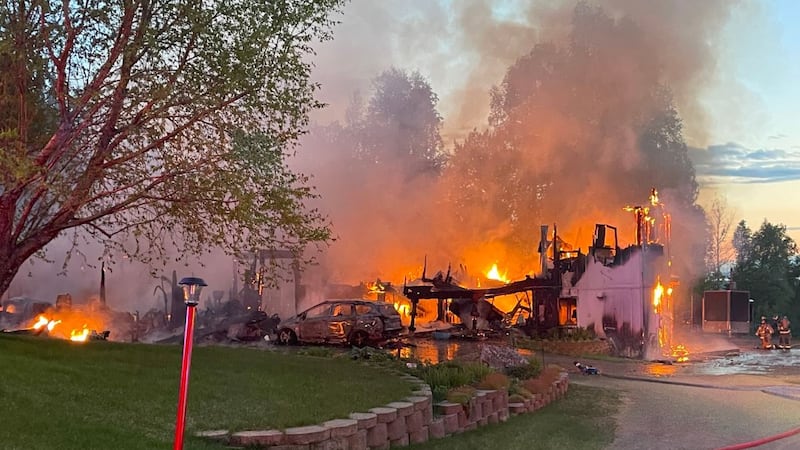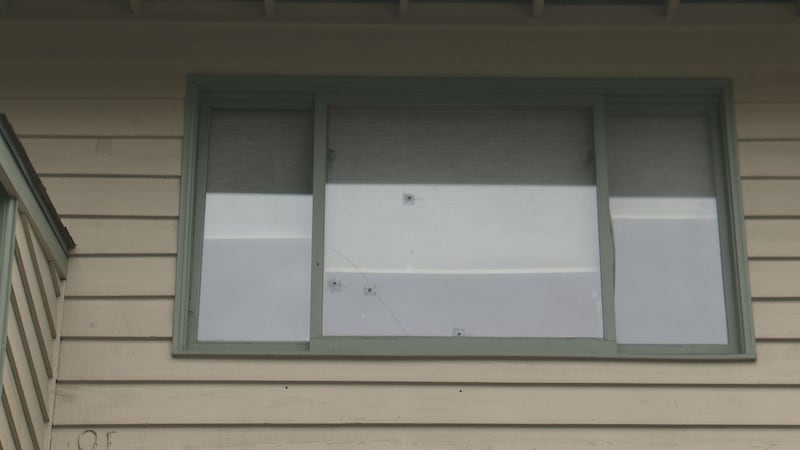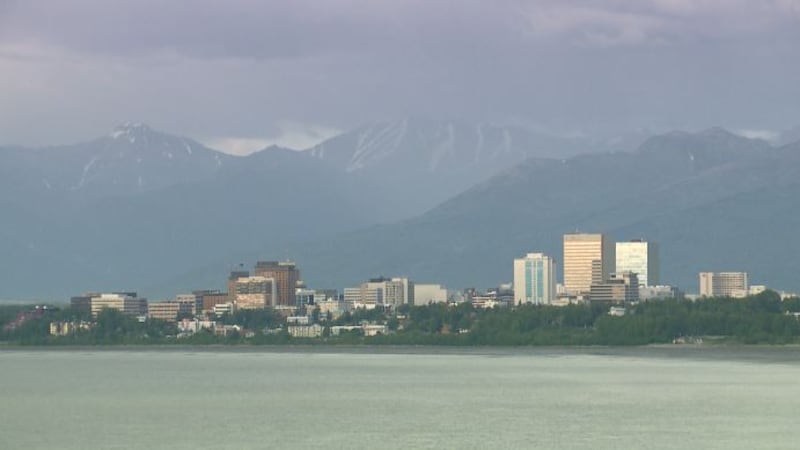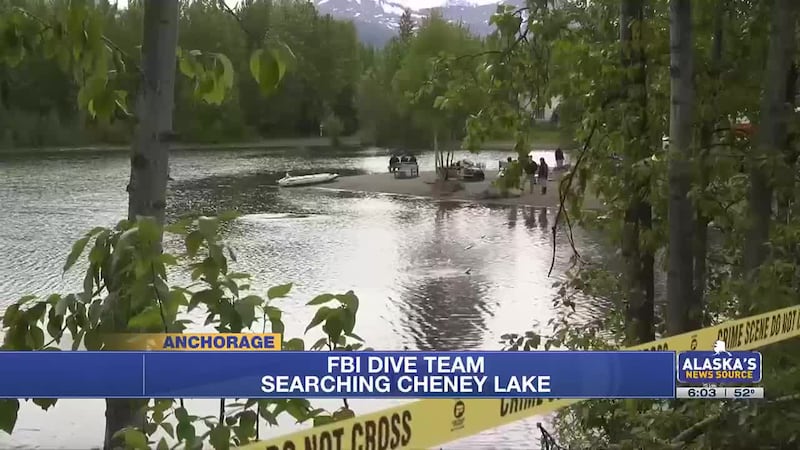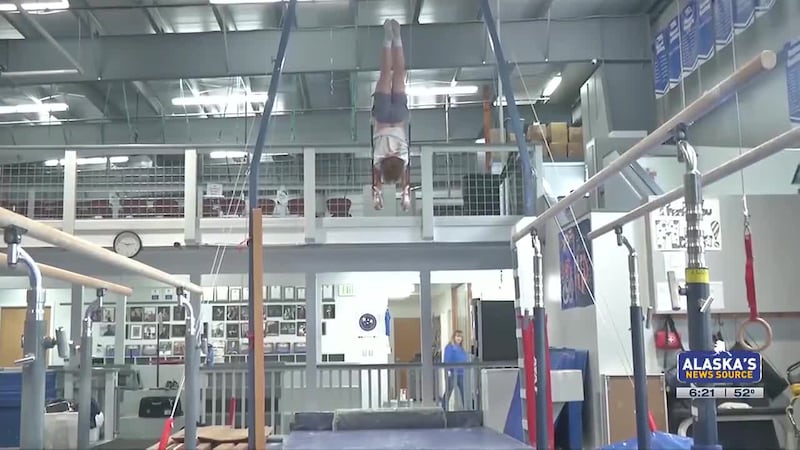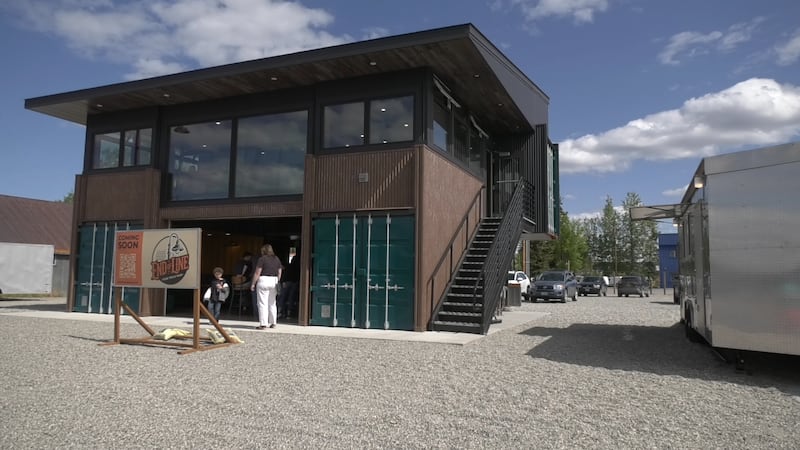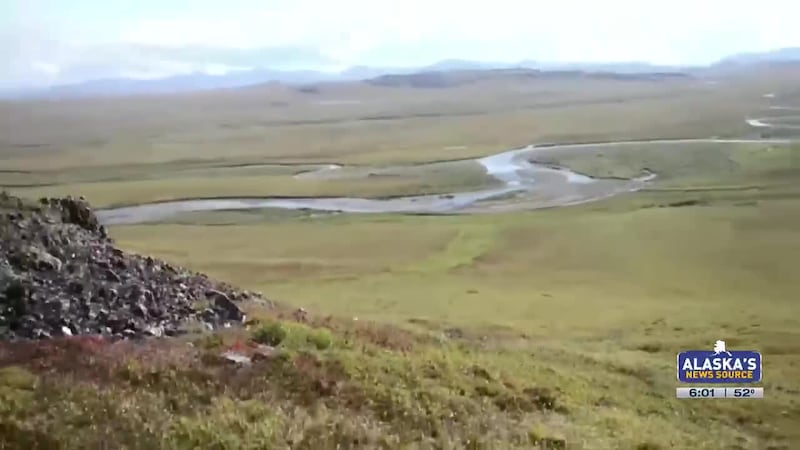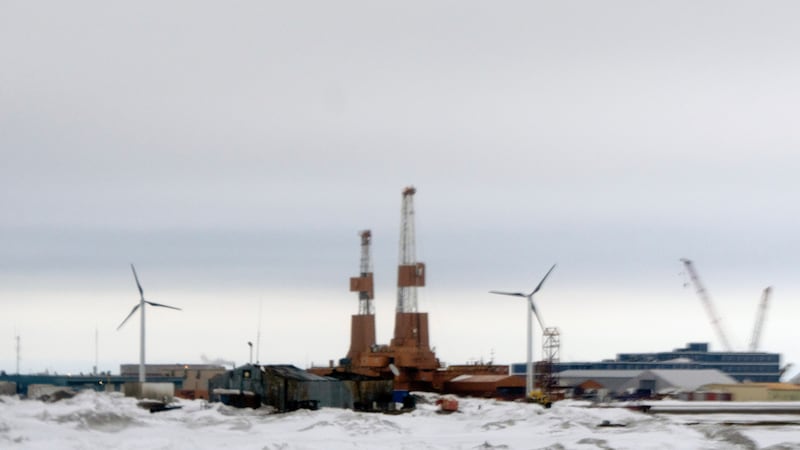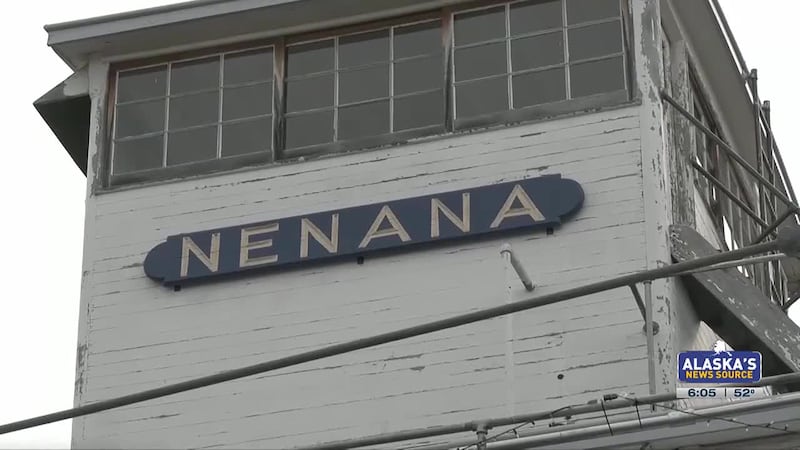Health Watch: Breathing in volcanic ash; How it affects your lungs and ways to stay safe
ANCHORAGE, Alaska (KTUU) - Alaska is home to dozens of active volcanoes, and when they erupt, they can send ash into the air, impacting travel, daily life, and most importantly, our health.
Volcanic ash may look like harmless dust, but experts say it can cause serious breathing problems. The fine particles — made of crushed rock, minerals and glass — can travel for miles and easily be inhaled.
So how does that affect your lungs, and what can you do to stay safe?
Dr. Jared Weinstock, a pediatric pulmonologist at Providence Medical Center, said anyone can feel the effects of volcanic ash, but some groups are at higher risk. People with underlying cardiovascular or pulmonary conditions like asthma, COPD (chronic obstructive pulmonary disease), or other lung issues are especially vulnerable.
“So when we inhale something like the ash, especially these tiny particles that can go really deeper down into the lower airway, we worry about that level of inflammation getting even worse, and that’s where it comes in terms of the irritant nature of the ash and how we really want to prevent that exposure,” he explained.
Even healthy individuals can experience irritation and breathing issues from volcanic ash exposure.
“Things like nasal irritation, scratchiness in the throat,” Dr. Weinstock said. “You could develop a dry cough, even wheezing, some chest pain or shortness of breath.
Since volcanic ash can be unpredictable, preparation is key. Weinstock recommends these safety measures staying indoors. Close all windows and doors to limit exposure and if you do have to go outside, wear the proper protection.
“The N95s we know are studied as the best tool to help purify the air that we are breathing,” he said. “Again, it is super important to make sure it’s properly fitted and that you are wearing it appropriately because that is a super, super concern if it does not have a tight fit. But again, it’s the best kind of device that you could wear, especially if you are being actively exposed to the ash.”
Weinstock advises replacing your N95 mask every few days or sooner if it becomes damaged or no longer fits properly.
We can’t predict exactly when the next eruption will happen, but we can prepare. Having a plan, knowing the risks, and taking the right precautions can help protect your health, because when the ash starts falling, every breath matters.
“Just making sure everyone is aware of the potential side effects of this kind of exposure,” Weinstock said. “Making sure that we’re all protected, and again, hopefully we can all get through this with no significant problems.”
See a spelling or grammar error? Report it to web@ktuu.com
Copyright 2025 KTUU. All rights reserved.

